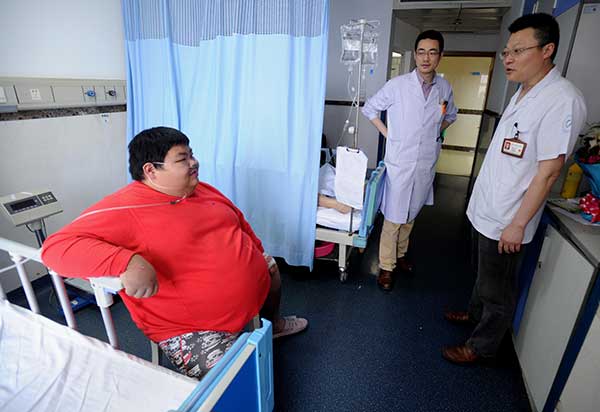 |
|
[Photo provided to China Daily] |
Rising living standards
Liang Xiaofeng, deputy director of the Chinese Center for Disease Control and Prevention, said the rapid rise in living standards in the past few decades has contributed to the spike in both obesity and chronic diseases.
China has moved from a period of severe food shortages in the 1970s to a time of plenty, he said.
Fundamental changes in lifestyles and working practices, such as the popularity of cars and computers, that result in lower levels of physical activity, are also factors in the rise of severe illnesses, he said.
In addition, a shortage of facilities means students don't get enough physical exercise at school, which is leading to rising levels of obesity among school-age children, he said.
Chen, of the Chinese Nutrition Society, said that compared with some countries, obesity is a thornier problem in China: "It is rising fastest among people in suburban areas, and these people lack scientific guidance."
In addition, because healthcare resources in these areas are inadequate, when compared with those in cities, the rapid increase in obesity is posing more health risks to the rural population.
Moreover, physical exercise is promoted less in China than the United States and European countries, resulting in many people adopting a sedentary lifestyle, he said.